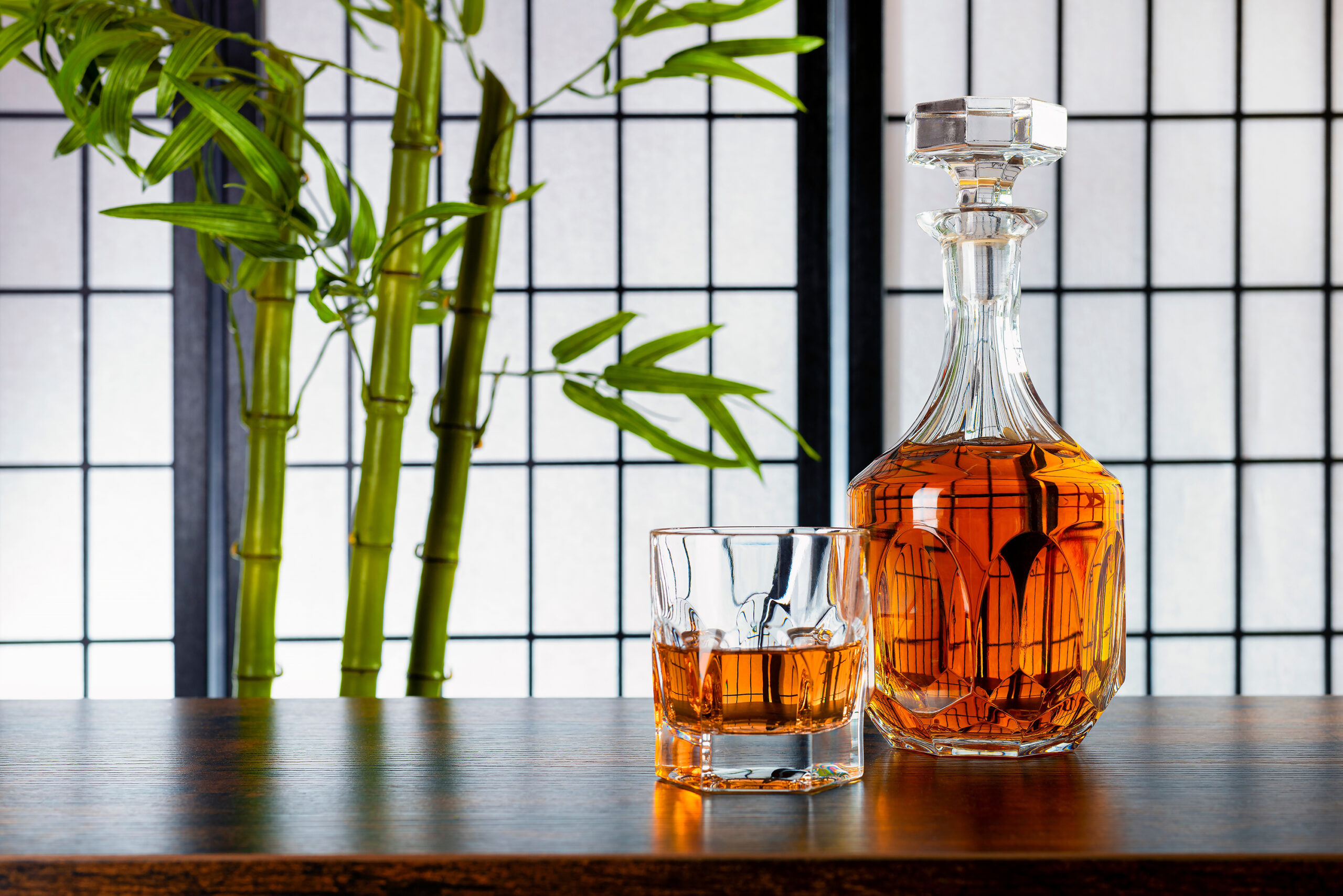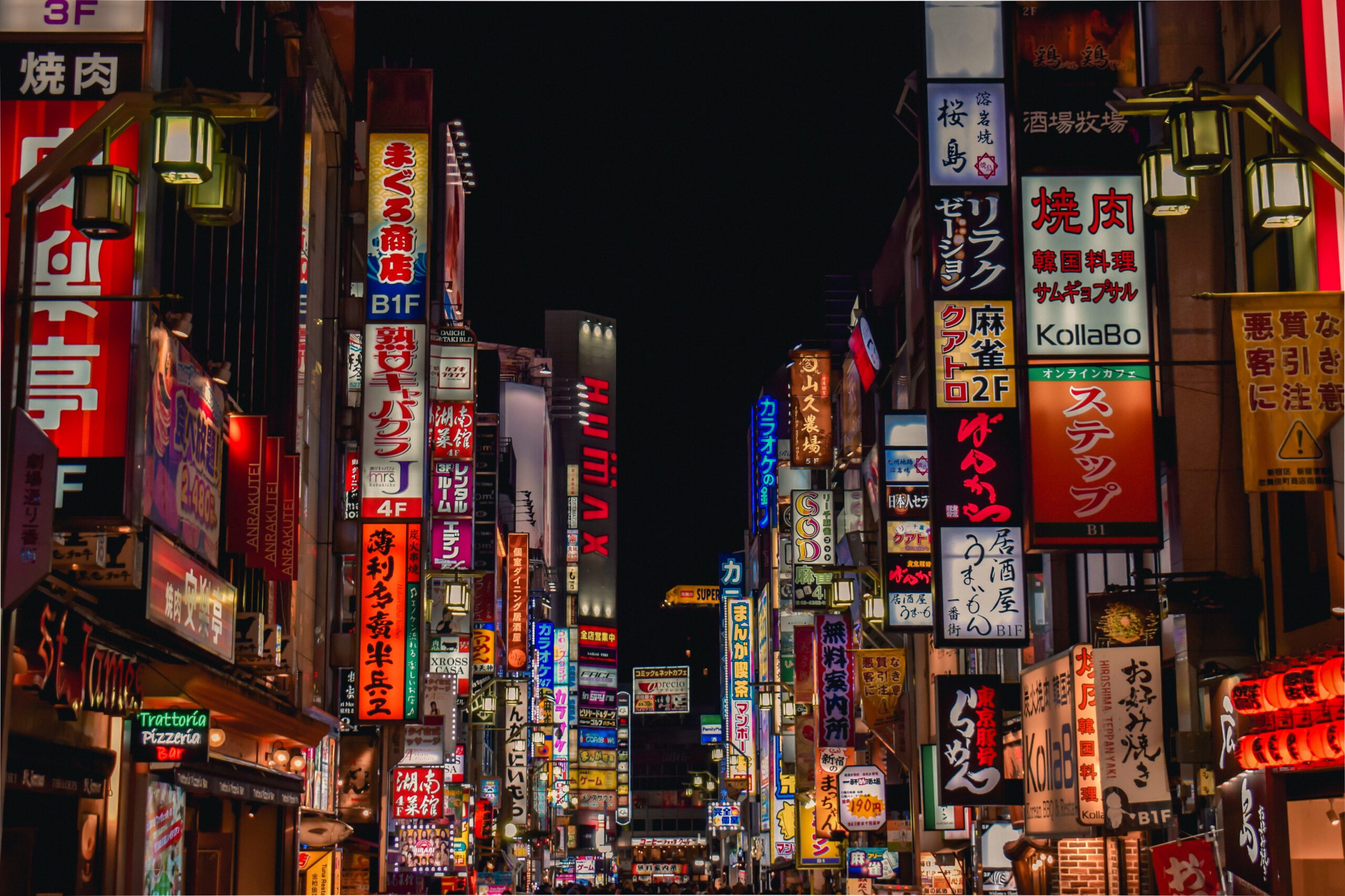Unveiling the Enigmatic Essence: A Deep Dive into Japanese Whisky
For discerning drinkers, the world of whisky holds a captivating allure. Yet, amidst the robust Scotches and the smoky Peated expressions, lies a hidden gem – Japanese whisky. This spirit, crafted with meticulous attention to detail and boasting unique characteristics, has risen from relative obscurity to become a global phenomenon. Let’s embark on a journey to unveil the enigmatic essence of this coveted beverage, exploring its history, production methods, and distinct flavor profiles.
A History Steeped in Innovation:
The story of Japanese whisky begins in the late 19th century, when Masataka Taketsuru, a young chemist, set sail for Scotland. Enthralling by the art of whisky-making, he returned to Japan determined to establish a domestic industry. In 1923, his dream materialized with the opening of the Yamazaki distillery, marking the birth of Japanese whisky.
However, the journey wasn’t smooth. Early efforts heavily mirrored Scottish styles. It was only after World War II, with a focus on local ingredients and meticulous refinement, that Japanese whisky truly carved its own identity. Distilleries like Nikka and Suntory experimented with indigenous yeasts, water sources, and cask types, culminating in a spirit distinctly different from its Scottish counterpart.
A Meticulous Craft:
Today, Japanese whisky production adheres to strict regulations, ensuring exceptional quality. Barley, the primary grain, is often malted locally and sourced meticulously. Water, considered the lifeblood of the spirit, comes from pristine natural sources, each imparting unique mineral characteristics. Fermentation takes place in wooden vats using indigenous yeast strains, contributing to the distinct flavor profile.
One of the hallmarks of Japanese whisky is its diverse cask maturation. While ex-bourbon casks remain prevalent, distillers experiment with sherry casks, Mizunara (Japanese oak), and even casks used for previously aging other spirits like wine or Japanese sake. This meticulous attention to detail during aging contributes to the complexity and nuanced flavors of the final product.
Unveiling the Flavor Profile:
Japanese whisky is typically known for being lighter and more delicate compared to its Scottish counterparts. It often exhibits floral and fruity notes, with hints of honey, citrus, and green tea. The influence of Mizunara casks adds subtle spice and sandalwood aromas, further setting it apart. While peated expressions exist, they tend to be less smoky and more balanced than their Scottish cousins.
Exploring the Landscape:
Each distillery in Japan offers a unique take on the spirit, reflecting its terroir and production methods. Suntory’s Yamazaki and Hakushu distilleries are renowned for their floral and fruity expressions, while Nikka’s Yoichi and Miyagikyo distilleries produce bolder, peatier malts. Smaller craft distilleries like Chichibu and Mars are pushing boundaries with innovative techniques and cask finishes, adding further diversity to the landscape.
Beyond the Glass:
The appreciation of Japanese whisky goes beyond its exceptional taste. It embodies a dedication to craftsmanship, precision, and a deep connection to nature. It’s a spirit that invites slow sipping, contemplation, and a cultural exploration of Japan’s rich heritage.
Savoring the Experience:
Whether you’re a seasoned whisky aficionado or a curious newcomer, embarking on the journey of exploring Japanese whisky is an enriching experience. Start with introductory expressions like Hibiki Harmony or Toki, then delve deeper into single malts from renowned distilleries. Experiment with food pairings, exploring how the delicate flavors interact with different cuisines. Finally, remember, the true essence of Japanese whisky lies in appreciating its meticulous craftsmanship and indulging in the moment of mindful savoring.
So, raise a glass, and toast to the captivating world of Japanese whisky. As you sip this liquid masterpiece, allow yourself to be transported to the misty mountains of Japan, where meticulous tradition meets innovation to create a truly unique and unforgettable spirit.



